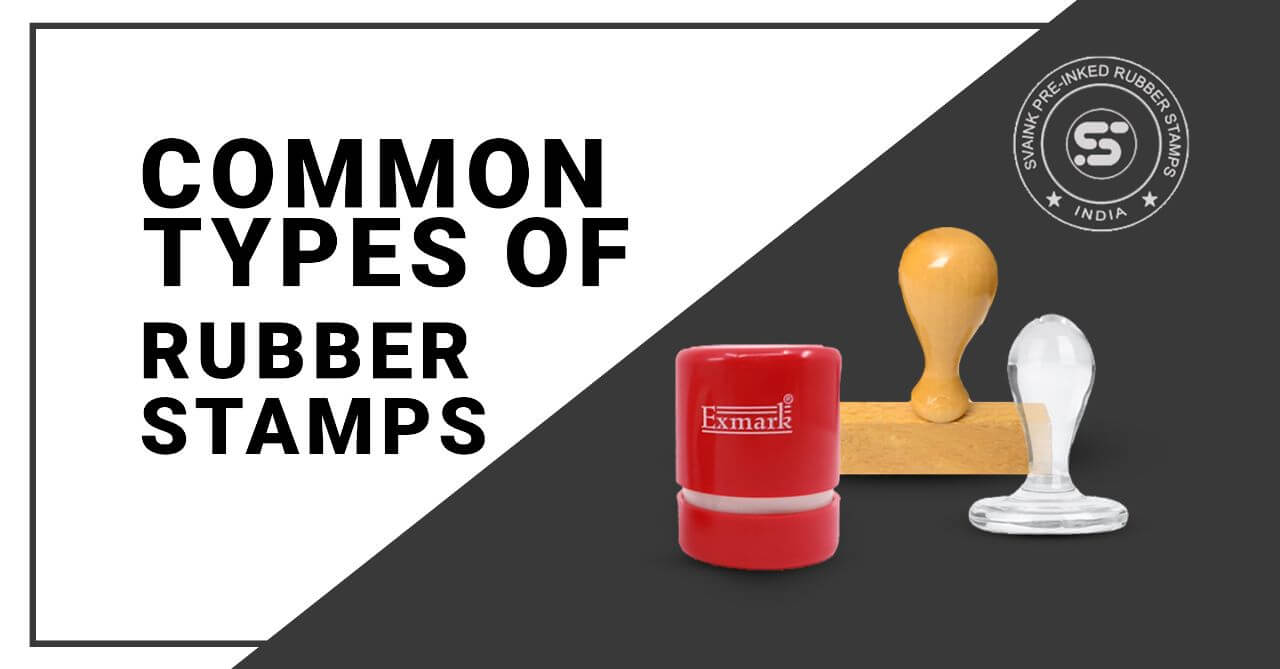
Rubber stamps come in a variety of designs, including wood-mounted, acrylic-mounted, slide-through, and custom. Rubber custom stamps are typically used for crafting cards and scrapbooks, but they can also be utilised for projects including record keeping and home decor. Rubber custom stamps are reusable and endure for years if properly cared for and cleaned after each use.
- The most popular rubber stamps are those placed on wood. The rubber is formed with a reverse image by the manufacturer. The rubber is then cut, leaving the shape surrounded by a very thin margin. The adhesive is used to adhere the rubber picture to a block of wood. Two sides of the wood block could be recessed to make it simpler to set the stamp before applying pressure to create the image.
- In producing cards, custom stamps mounted on acrylic are frequently utilised. Clear is the colour of both the mounting block and the rubber used to create the stamp. With no need to elevate the edge and maybe smudge the image, the crafter can now see the image that needs to be created. Rubber stamps of this kind are very useful for manufacturing cards because a straight design is required. For the same reason, acrylic-mounted rubber custom stamp is often utilised in scrapbooking or to create wedding and birthday invites.
- Speciality designs, logos, and home decor all use custom stamps. A stamp that has been specially created for that person or company will have a personalised design or wording. Rubber stamps can turn a handwritten or computer design into a reverse rubber image. After mounting the rubber image on a wooden or acrylic block, it can be used as a stamp just like any other.
- A company logo that is stamped into invoices or business cards is one example of a bespoke stamp. Custom rubber stamps, such as “Designed by” and their name, may be used by companies that offer personalised invitations or greeting cards to mark each card’s reverse and let the receiver know who designed it. The custom stamp can be used in a variety of ways for home design.
- Young artists can create and market their own line of artwork using custom-stamped pictures, or new parents can create a bespoke stamp of their child’s feet to use as a whimsical nursery border.
- Do you recall the rubber stamps your teachers used to congratulate you on a job well done on your papers? Even if rubber stamping has advanced, you can still love it very much.
- The stamps themselves are only partially made of rubber. Raised surfaces serve as the outline of the design that will be stamped onto surfaces, which is imprinted into the rubber. The base that the rubber is fastened to makes it simple to hold. There is a tiny film of gum on all stamps other than the worst-quality ones.
- In order to prevent the base from touching the surface and leaving a mark when the stamp is used, there is a tiny layer of foam between the rubber and the base on all but the lowest-grade stamps. Although foam and plastic are frequently used, wood is the most typical material for rubber stamp bases.
- To make it easy to recognise the stamp you wish to use, the base of the stamp is typically covered with a sticker depicting the stamp’s picture. Rubber custom stamps can be as small as a single heart or star, which is half an inch (1 cm) broad, to as large as intricate invitation outlines or floral landscapes, which could take up the full page of the paper.
- Paper crafts, such as crafting decorations, cards, invitations, gift tags, and scrapbooks, are the principal uses for rubber stamping. However, as with other crafts, the types of surfaces that can be stamped are only constrained by your creativity.
- Ink pads are typically used by stampers to colour their rubber stamps. Inkpads can be purchased in a single colour or can have segments added so that the pad can include two or more colours. Additionally, there are several kinds of ink, from the all-purpose industrial black inkpads that a library would use to stamp books to others that resemble fine sponges that have been painted.
- Higher-quality images are produced by the more paint-like inks, but they also need to be used carefully because they are more liable to smear while stamping.
- Typically, stampers won’t be satisfied with simply printing one picture on a piece of paper. To produce a bigger image or a particular subject, they might merge and layer several stamped images. They frequently colour the outlined picture that a rubber stamp offers. In order to give the outline gloss, they occasionally add glitter to the ink before it dries. An additional popular alternative is embossing. When embossing a stamped image, wet ink is covered with embossing powder, and then the region is heated.
- When heat is applied after embossing powder has been placed on wet ink, the embossed regions of the printed image become somewhat elevated and lustrous. Another method for decoration is to manually add more details to an image.
Conclusion for common types of rubber stamps
The art of rubber stamping is varied and flexible. Consider trying rubber stamping, whether you want to embellish a single letter or make your own greeting cards and gift bags.
What are the common types of rubber stamps?
There are 3 general types of rubber stamps
* Traditional rubber stamps
* Self-inked rubber stamps
*Pre-inked rubber stamps
What is the difference between self-inked stamps and pre-inked stamps?
Water-based ink is used in self-inking stamps, while oil-based ink is used in pre-inked stamps. Self-inkers use an inner pad to transfer ink, and pre-inked stamps include an integrated ink cell and impression pad.
How is a self-inked and pre-inking stamp different from traditional stamps?
Self-inked and pre-inked stamps do not need a separate ink pad, like traditional rubber stamps. The ink reservoir is present within the self-inking and pre-inking stamps.
How long do rubber stamps last?
A rubber stamp should last a lifetime if handled properly and maintained.


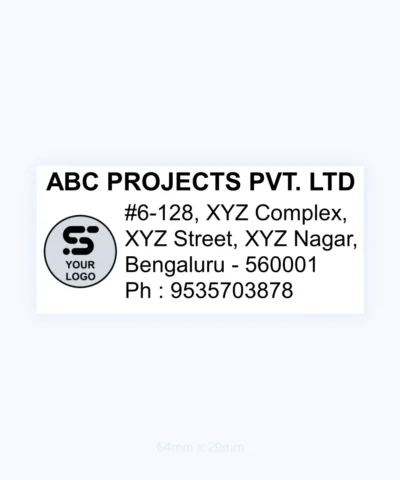


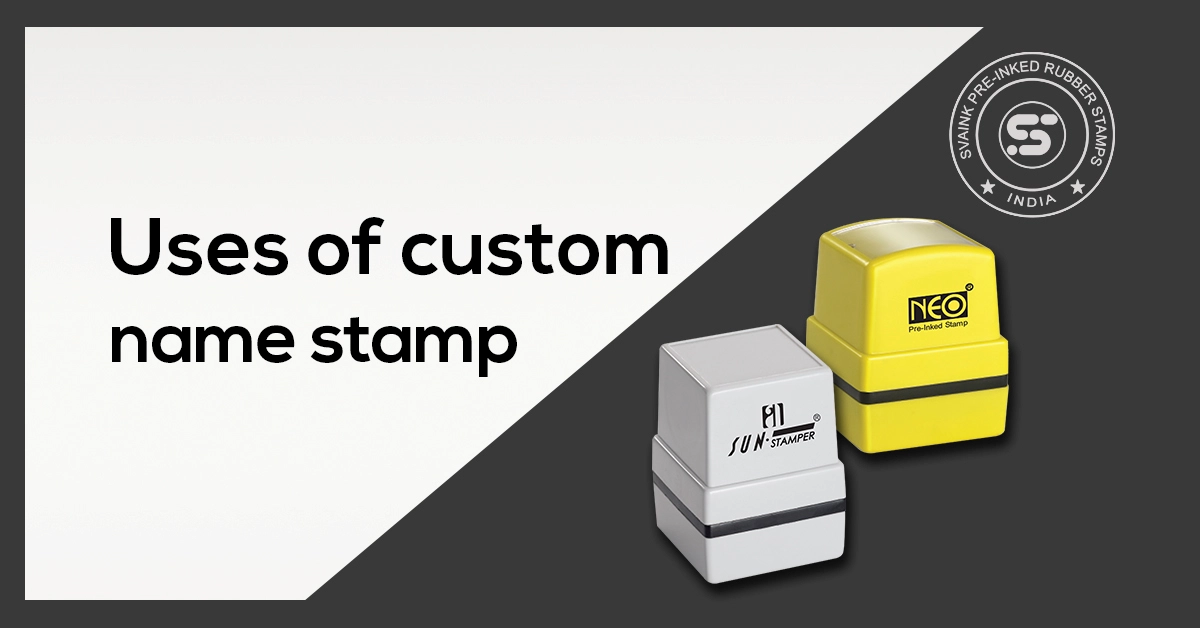
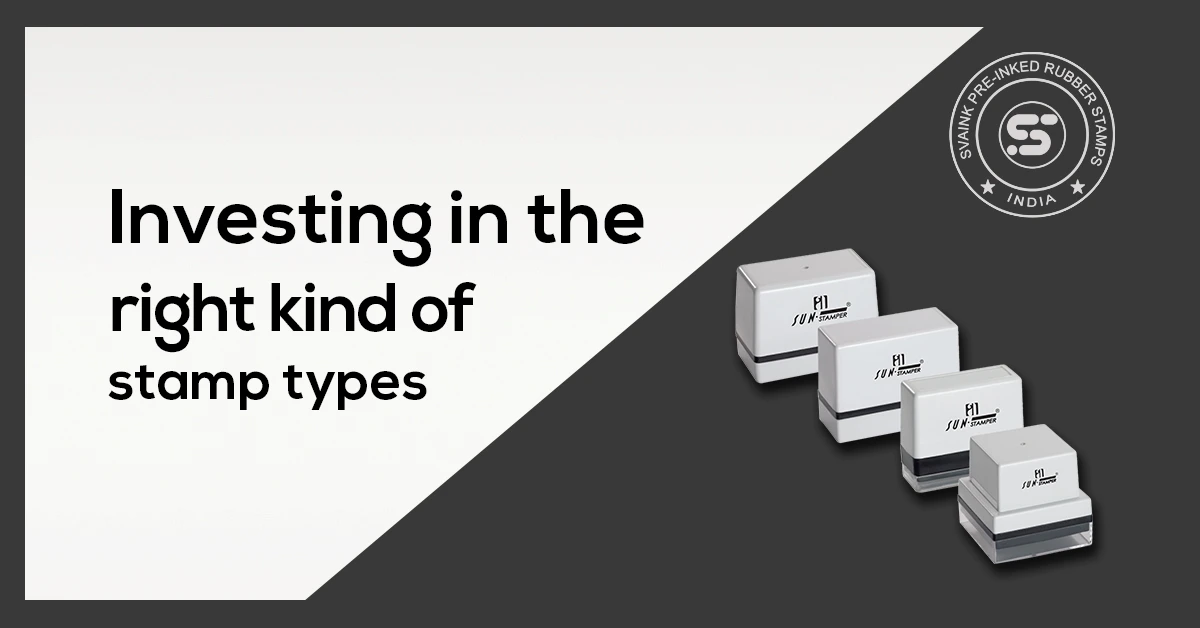
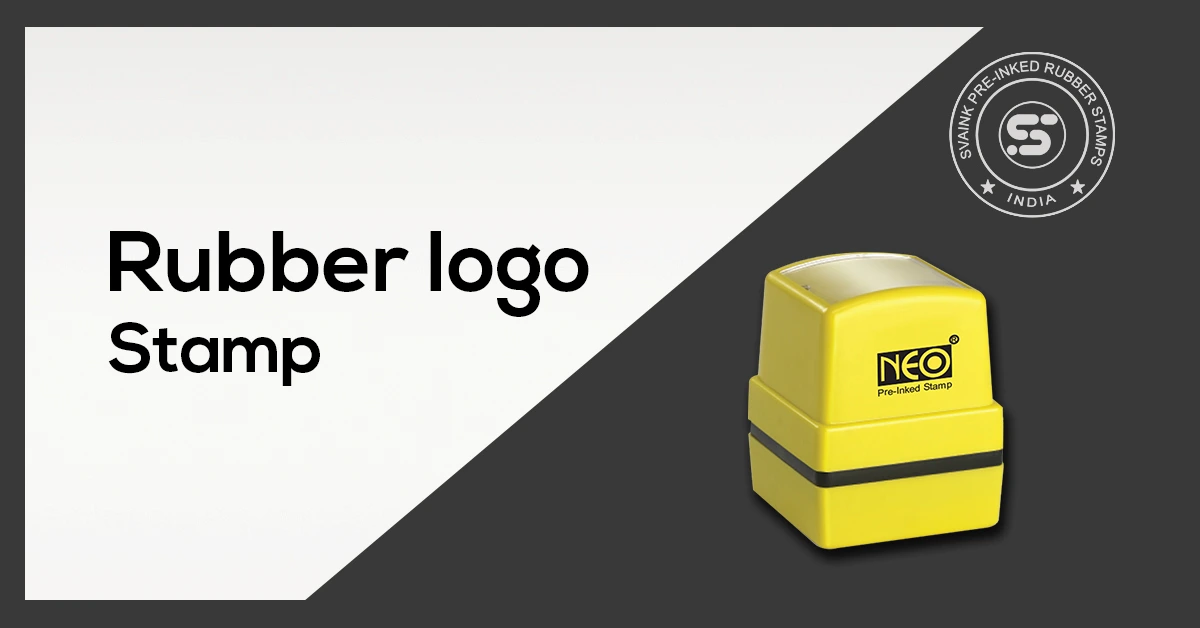
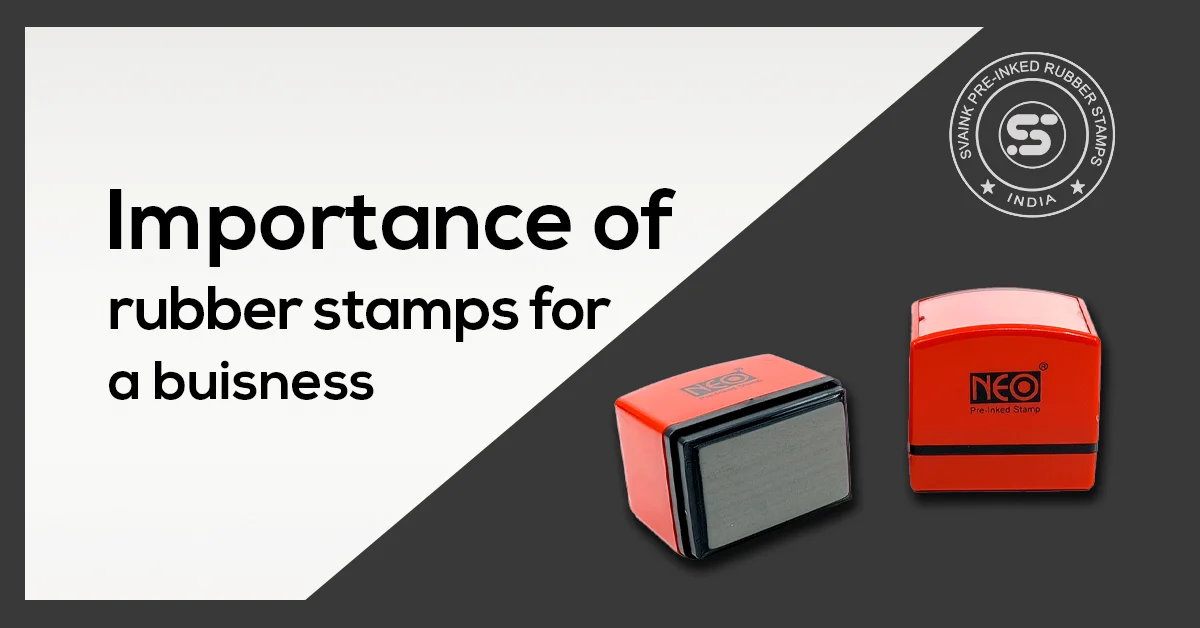
Leave a Reply